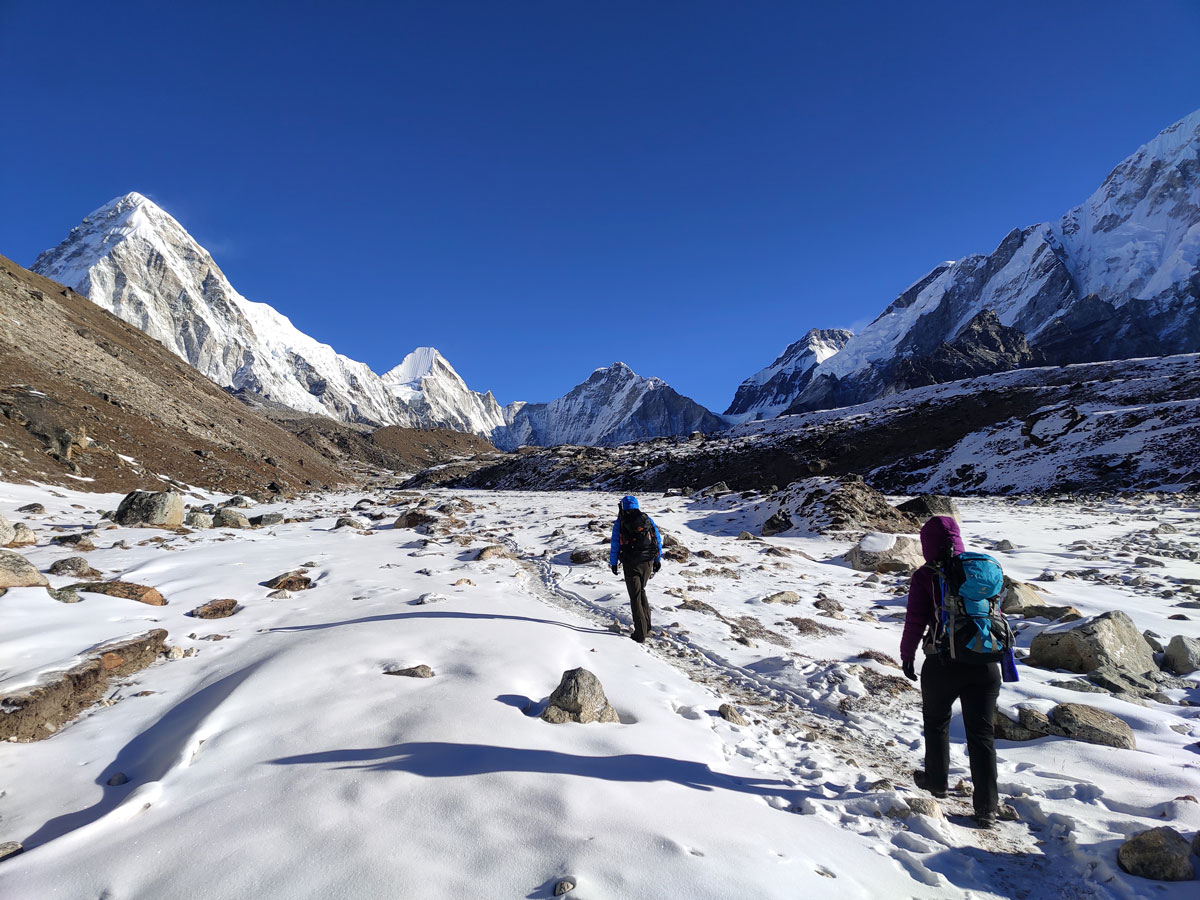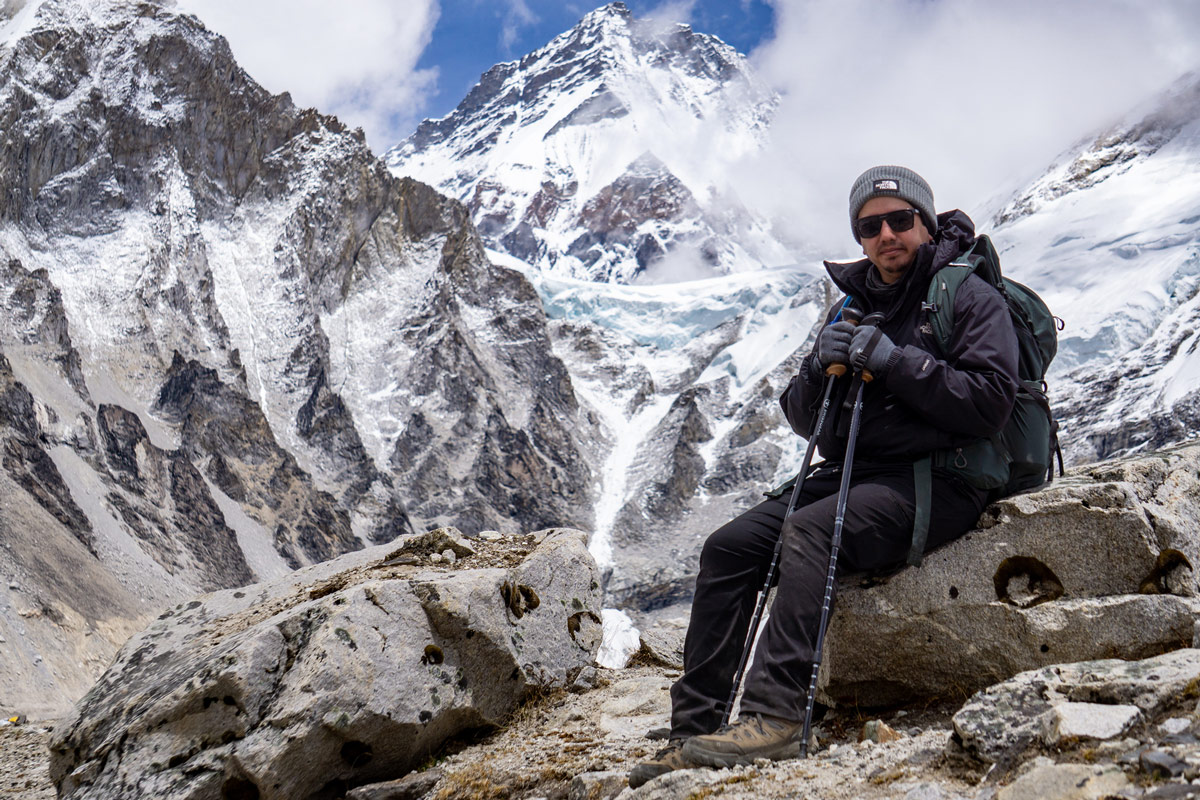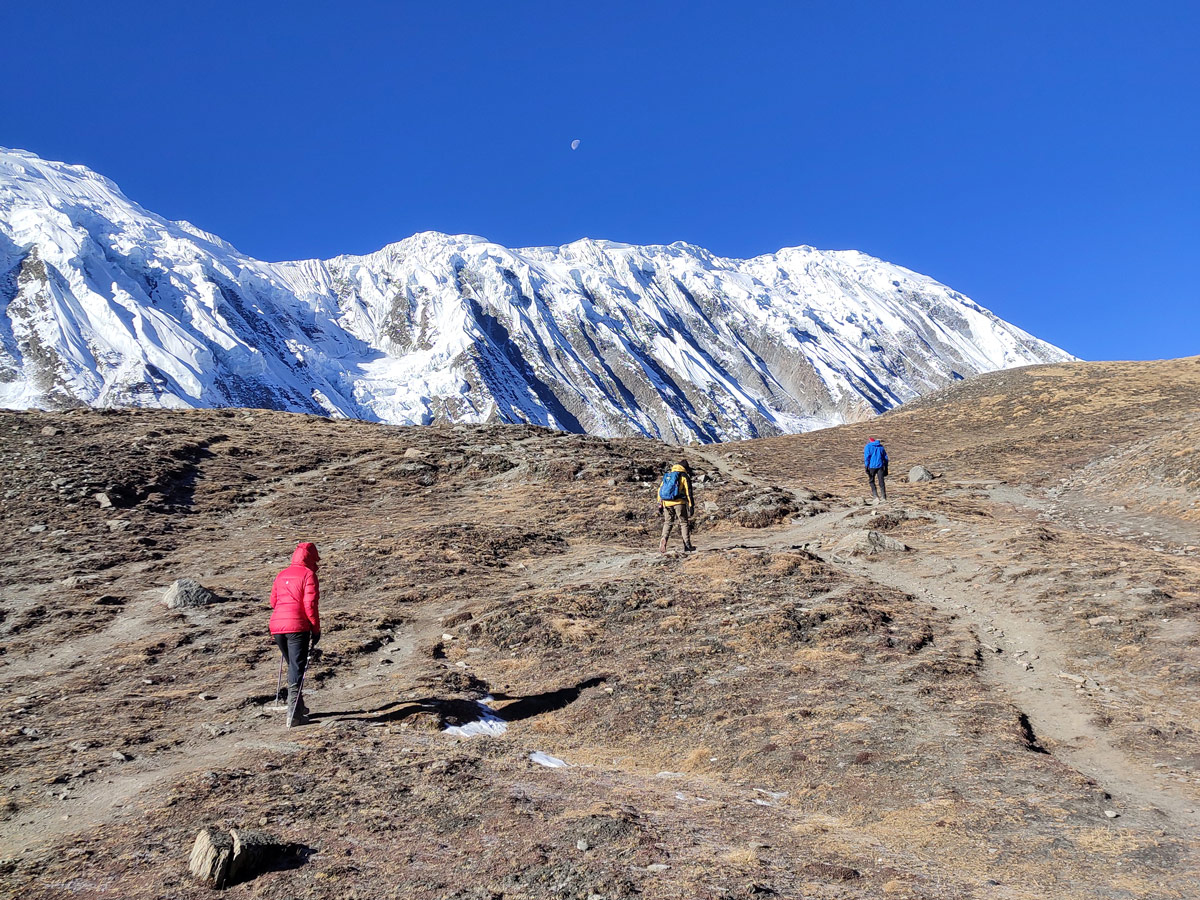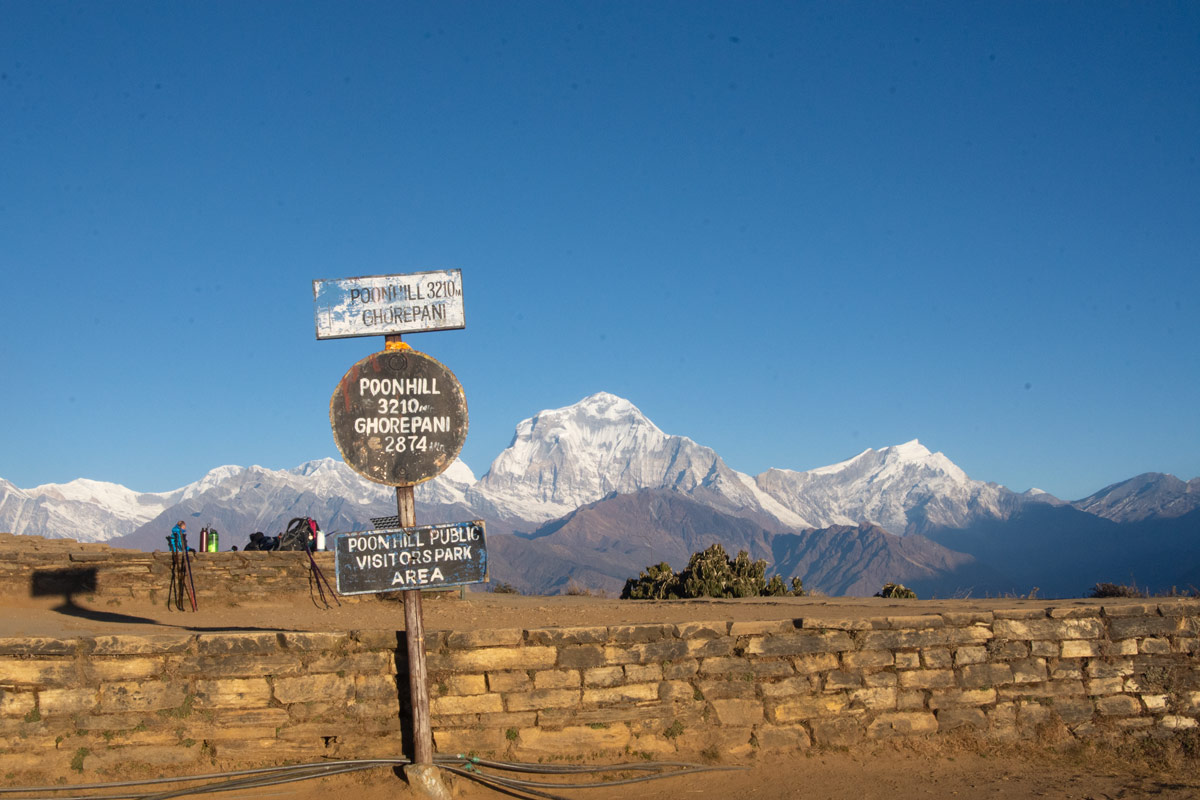The majestic Himalayas of Nepal boast the inclusion of some of the best treks in the world and has something for everyone with its beginner-friendly treks, off-the-beaten path treks, and even monsoon trekking options for the adventurers.
With this, Nepal stands as the trekker’s paradise all year round. So why skip winter? Although considered a shoulder season for trekking in Nepal, winter season spanning from December to February gives a surreal experience as it casts the serene blanket of snow across the Himalayas.
With fewer crowds, clear skies, panoramas painted in pristine white, and dramatic terrains, these winter treks are equally intriguing once you know what awaits you in this exhilarating adventure. So, let’s find out.
The Beauty of a Winter Trek
Although the best time to visit Nepal for trekking as well as other activities is during the months of autumn and spring, you will be surprised to know that there are quite a few treks that will give you an even enhanced experience during winter. But why so?
So, there are quite a few reasons that add to the allure of winter treks in Nepal. The first and foremost is that you get to have an intimate encounter with nature and have the popular locations of the trek all to yourself as the number of trekkers dwindle given that it is a shoulder season/ off-season.
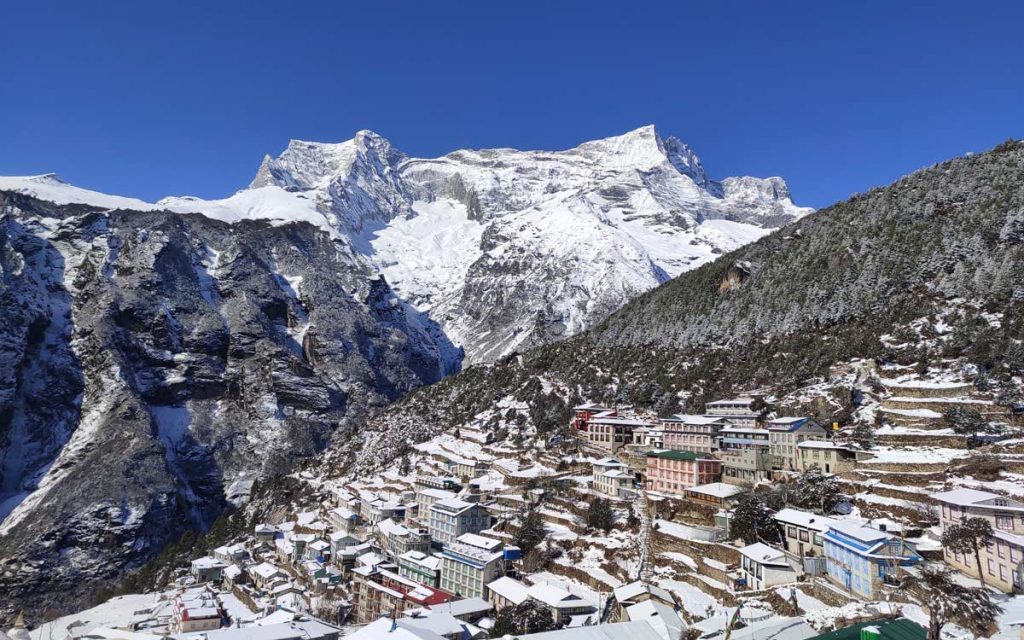
Another good reason is that most of the treks in Nepal face comparatively less precipitation during winters, especially as you reach towards higher altitudes. Therefore, you will have a clear view of the snow-capped peaks piercing the azure skies.
The landscapes too transform into a winter wonderland and allow you to experience a completely different yet true experience of the Himalayas. The beautiful lakes on some of the trekking routes are frozen and mirror the majesty surrounding it, which is a surreal view.
The air is crisp and fresh, and the trails covered in snow also add a hint of adventure to the trek as it demands experience.
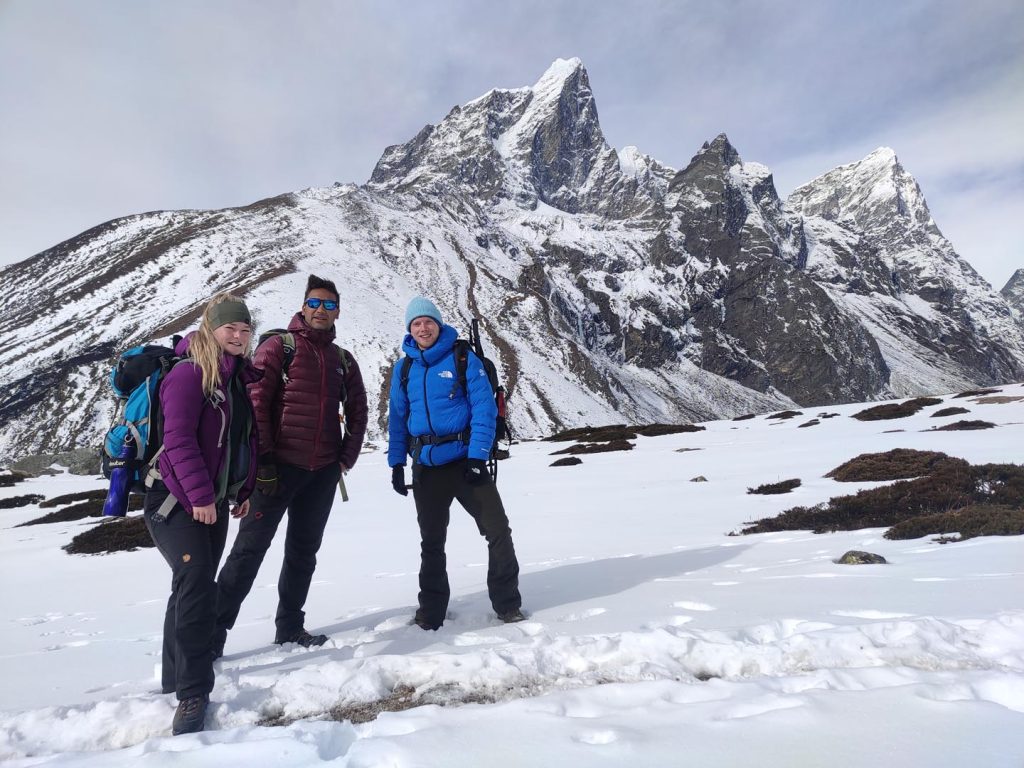
An added advantage is that the trails are free of bugs, pests, insects, and mosquitoes. Watch out for the freezing temperatures though!
Be prepared for a cultural experience too as the chances of you stumbling upon a local celebration of vibrant winter festivals like Lhosar and Maghe Sankranti. Monasteries amidst the snowy landscapes also exude a peaceful energy.
As winter is an off-season, you will also get better prices and deals on flights, accommodations, trekking packages, and you will get much better hospitality due to limited people.
Winters also give you a chance of witnessing unique wildlife as many animals go to lower regions in search of food.
Ghorepani Poon Hill Trek
Ghorepani Poon Hill trek is one of the best picks if you are a first timer wanting to experiment a little by trekking during winters as this is one of the beginner-friendly treks of Nepal given its short duration and manageable altitude.
It is a small section of the iconic Annapurna Circuit trek and the Annapurna Base Camp trek which can be done as a solo trip too and it takes you to the maximum altitude of 3,210 m at Poonhill.
Now, there are many reasons why this is one of the best winter treks in Nepal. First of all, it doesn’t take you too high in the Himalayas which means although it is cold, you won’t have to tackle extremely freezing temperatures.
This reduces the chances of cold-related conditions like hypothermia while also keeping you away from frost nips and frost bites, and also actively keeping altitude sickness at bay.
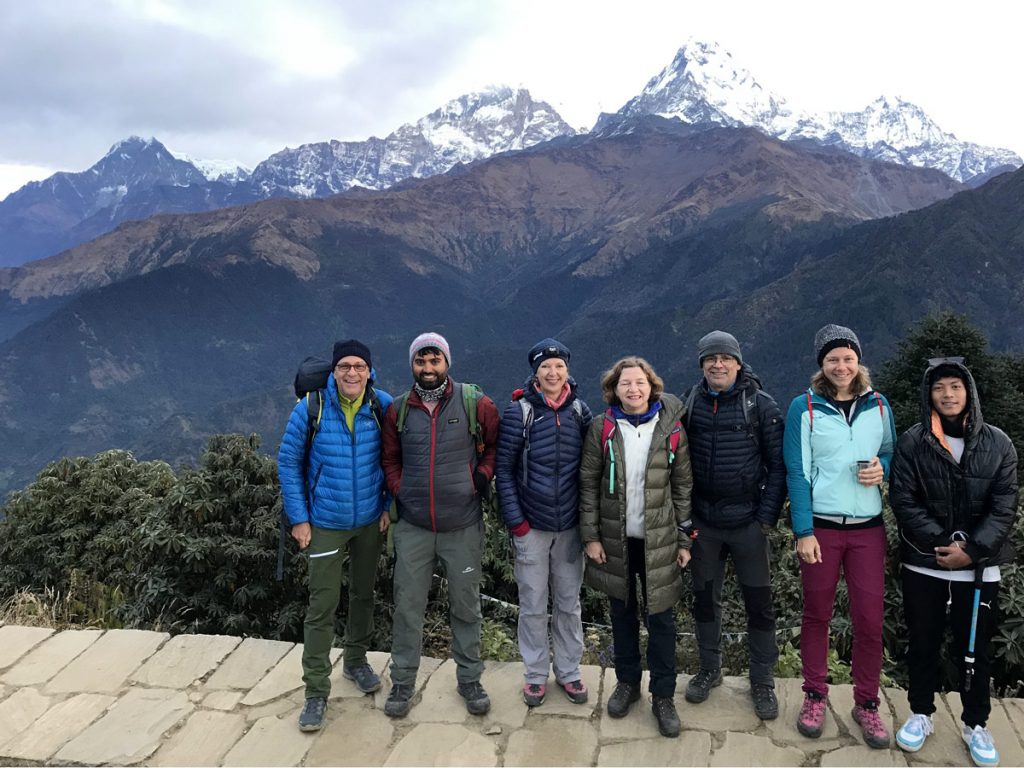
Starting at Birethanti, this trek also gets completed within just 4 to 5 days while still allowing you to experience the stunning landscapes and witness the snow-clad peaks dotting the panorama, without having to commit to the length.
It also reduces your exposure to harsher winter conditions, and you will complete all the days within the daylight hours as you will cover smaller segments every day.
The main highlight of the Ghorepani Poonhill trek is the majestic sunrise at Poonhill which is one of the best sunrise-viewing spots in Nepal.
Now, what better view than looking at this sunrise combined with snow-clad peaks piercing the azure skies of the region?
Also, you will most likely be experiencing this majestic view minus the irritation of dealing with the overflowing crowds during other peak seasons like Spring and Autumn which adds to the tranquility.
Because you will be going to a lower altitude, you will come across a rather well-maintained trail, and you won’t face challenges like closed teahouses as the conditions are not very extreme here.
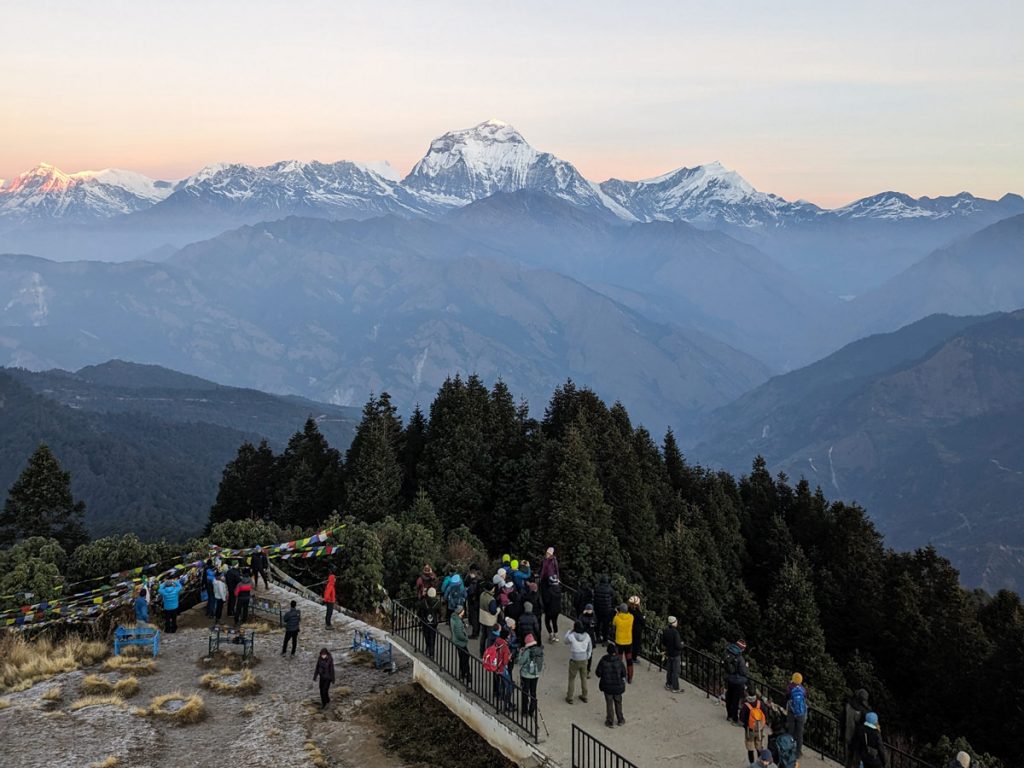
Along with the allure of witnessing the Annapurna range, Dhaulagiri range, and more soaked in the golden hues of sunlight, you will also experience the warm cultures of the Gurungs and Magars of the region, especially during festivals.
Because the wildlife moves to the lower region in search of food during winters, you might also come across some unique wildlife sightings.
And a plate of a warm Thakali meal on a cold winter day is definitely all the comfort you would need!
Langtang Valley Trek
Another relatively low-altitude trek on this list is the Langtang Valley trek which is located at a close proximity to the Kathmandu Valley making it more accessible leading to comfortable travel conditions during the winters.
Kyanjin Gompa marks the highest point of the Langtang Valley trek which is located at an altitude of just 3,830 meters which gives it two important advantages over other treks- temperatures not as extreme as high altitudes and less chances of altitude sickness.
While the region does experience cold temperatures and even snowfall, the precipitation there is very little which leads to clear skies and excellent visibility.
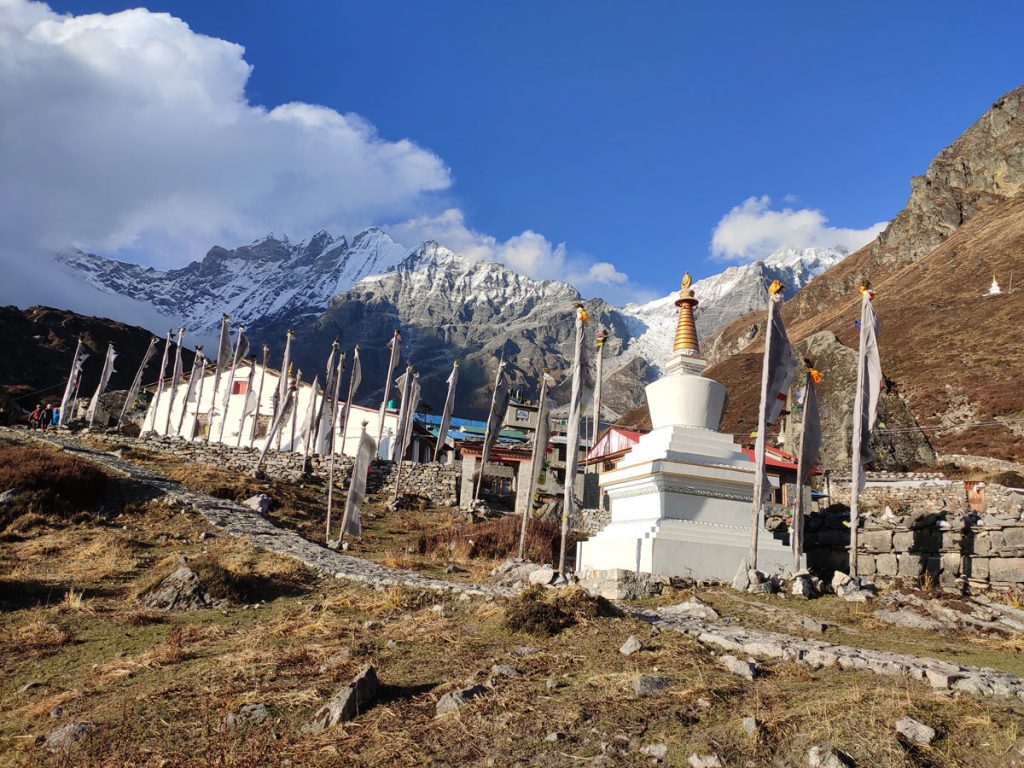
With the stable weather conditions, trekkers can witness beautiful panoramas of the likes of Langtang Lirung, Ganesh Himal, Langtang II, Yala Peak, and more.
The landscapes in this region are already very beautiful and they come alive in a different perspective during winters with frozen waterfalls, snow-blanketed forest routes, and the Himalayas serve as a spectacular background to the scenery.
During winters, you get to experience all this by yourself as there are no crowds on the trail during this season. Therefore, you get to establish a more intimate connection with nature.
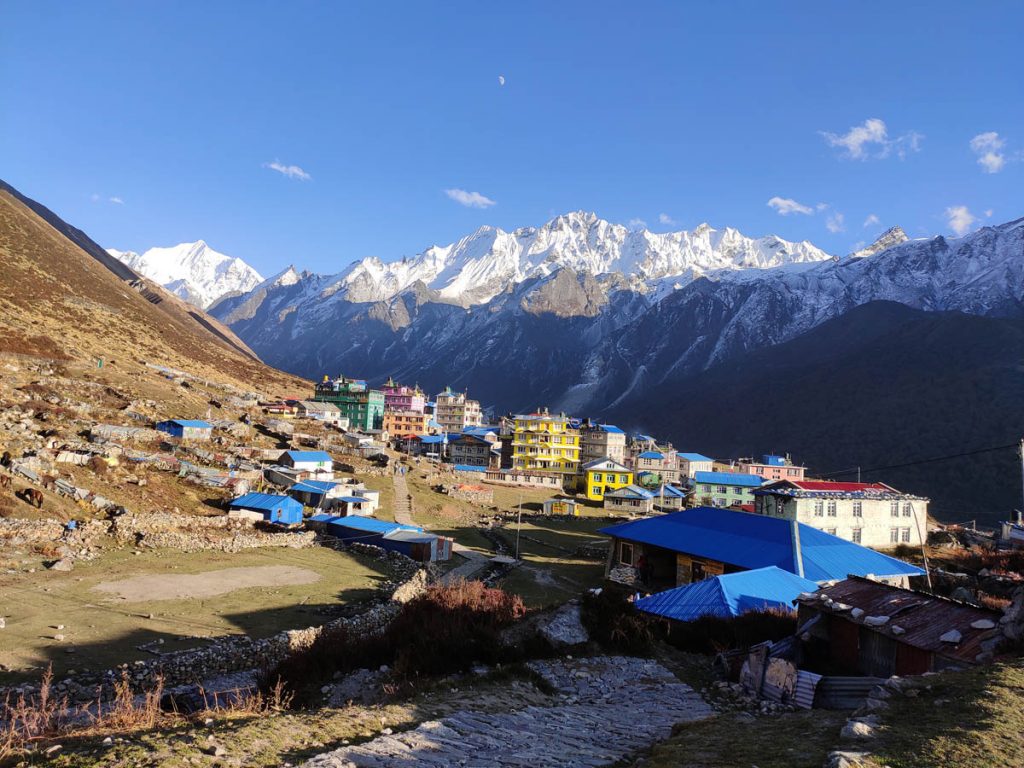
The cultural richness of the Tamang people awaits you here as you visit several monasteries including Kyanjin Gompa. As the foliage level is low during winters, you might also get easy spotting of the animals like Himalayan Tahr.
For those wanting to add a hint of adventure to the trek, you can also extend your trek to include a hike to to Kyanjin Ri (4773 m) which is one of the good viewpoint in Langtang region.
Annapurna Base Camp Trek
While the best time for the Annapurna Base Camp trek is considered to be the months of Spring (March to May) and Autumn (September to November), this trek can be a completely different and equally majestic experience during the winters too.
One of the main reasons why you would trek the Annapurna Base Camp trek is to get that spectacular mountain view, and it is exactly what gets enhanced during the winters, all thanks to the clear skies and minimal precipitation, giving a treat for photographers and nature lovers alike.
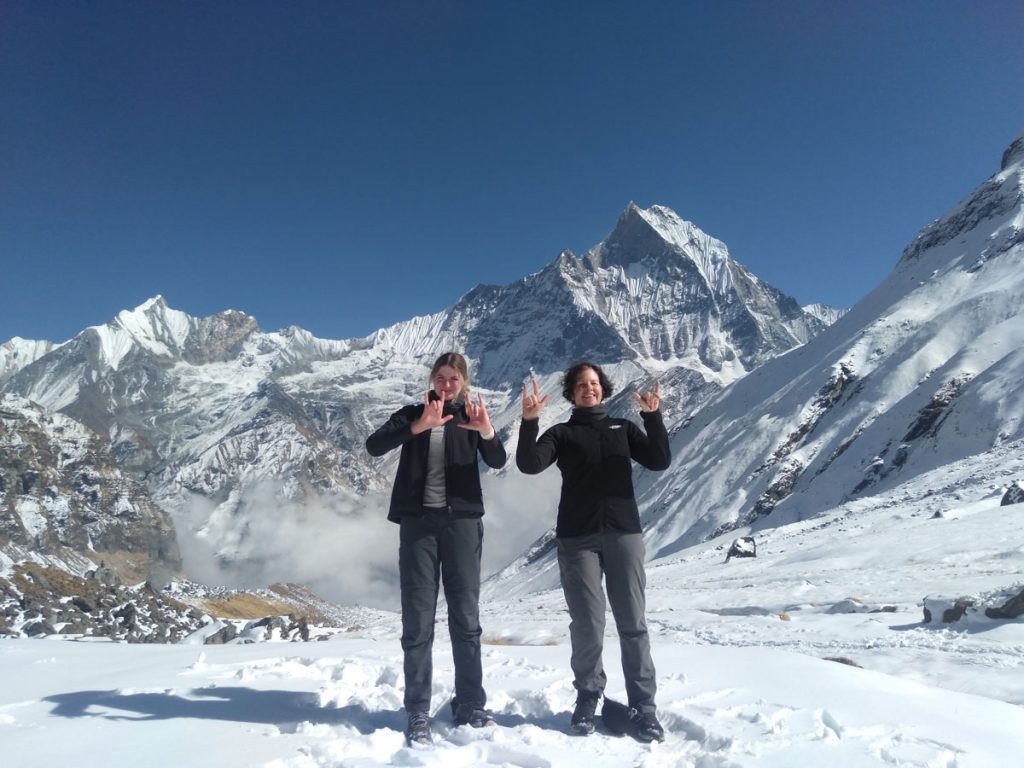
With the dusting of snow on the forests of lower altitude and a covering of thick snow on the higher alpine forests, the already beautiful landscapes transform into an even better one.
The Annapurna Sanctuary, the main highlight of the ABC trek, comes to life with the pristine snow covering the terrains while being surrounded by the Himalayan giants all clad in the hues of white and silver, almost looking like an amphitheater.
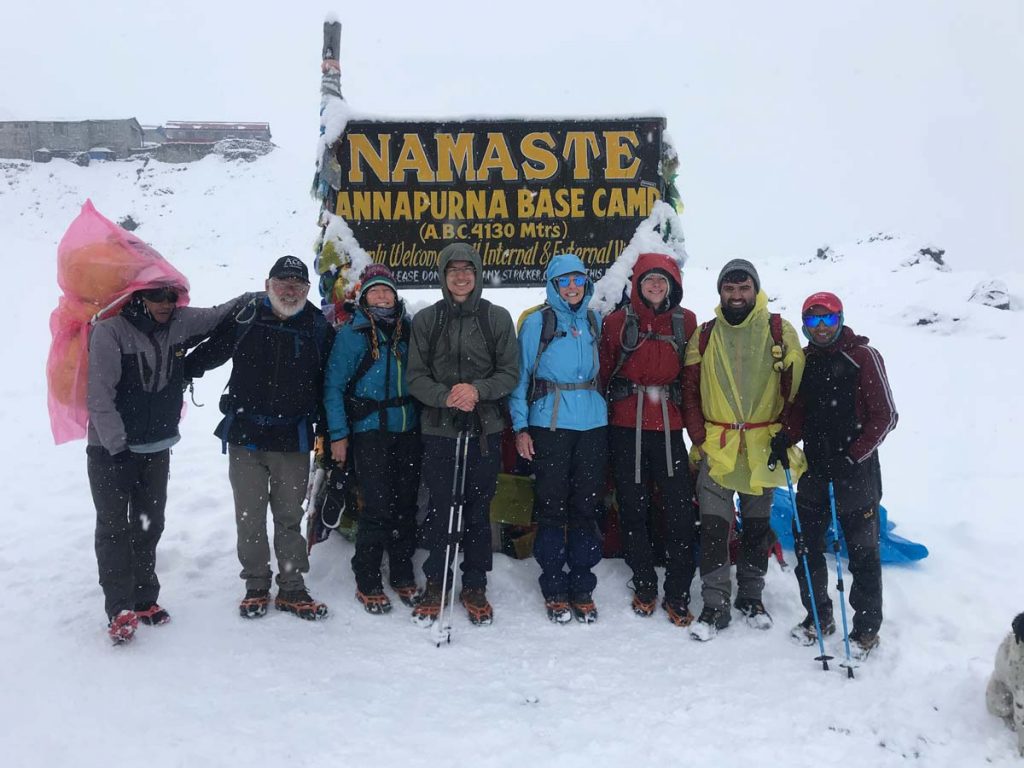
The joy of being surrounded by the likes of the majestic Annapurna range, Machhapuchhre, Hiunchuli, Gangapurna, and more becomes further enhanced due to the absence of the typical crowd during the winters and you will have this spectacular view all to yourself.
Also, you will have a more interactive and indulgent cultural experience at the teahouses as due to limited bookings, the people will have more time to interact with you.
Staying warm becomes extremely important though as winter temperatures in the Annapurna region are unforgiving, with daytime readings ranging from a bone-chilling 0 to 5 degrees Celsius, plummeting to a frigid negative 10-15 degrees Celsius at night.
Everest Base Camp Trek
While winter might not be the best time for the Everest Base Camp trek, it is definitely considered a unique and thrilling adventure with spectacular panoramas along with daunting challenges, preferably not for beginners with no prior experience.
The main benefit of trekking the EBC during winters is that you get to avoid the crowds as during the peak seasons, the trek is congested to say the least. With fewer crowds, you can have a more intimate and enjoyable experience with no rush.
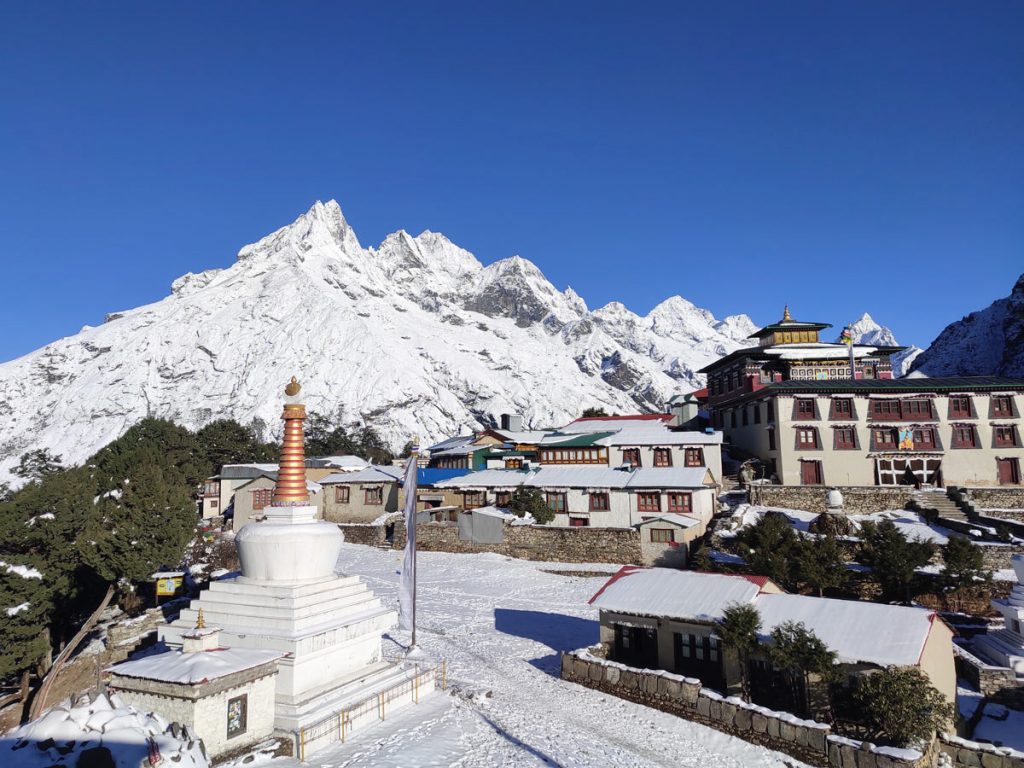
Besides that, the crispy air of the winters also enhances the visibility in the region and you get clear and unobstructed views of the giants like Mt. Everest, Ama Dablam, Lhotse, Nuptse, and more.
You also get to see the glaciers, glacial lakes, along with the Khumbu icefall in all its might due to heavy snowfall during the winter season which can be an experience both pleasing and humbling at the same time.
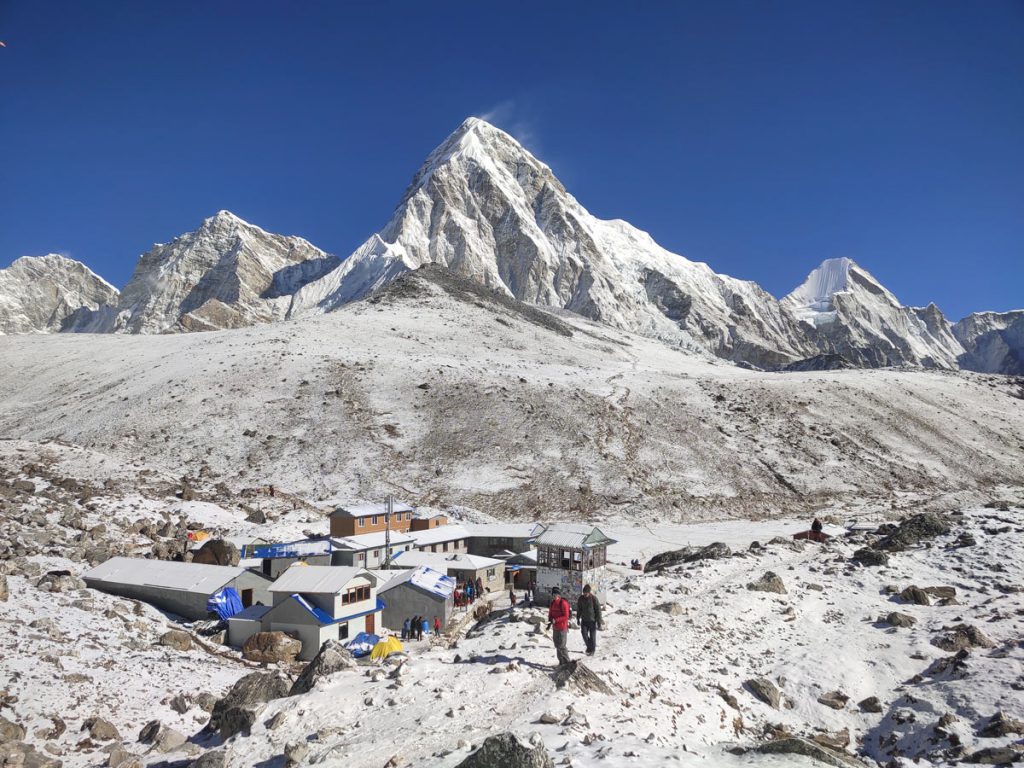
The weather is rather stable with a predictable weather pattern making it easier for you to plan your trek. Although, be very careful about the weather around the base camp as there is a risk of avalanches.
The landscapes turn into a snowy wonderland and you experience a different kind of solitude in the Himalayas which is further enhanced by the dominant Tibetan Buddhism in the region, especially at the likes of the Tengboche Monastery.
You also get to experience an even enhanced version of the hospitality of the Sherpa people as they are comparatively free from the tourism industry and can interact with you well as winter is the off season.
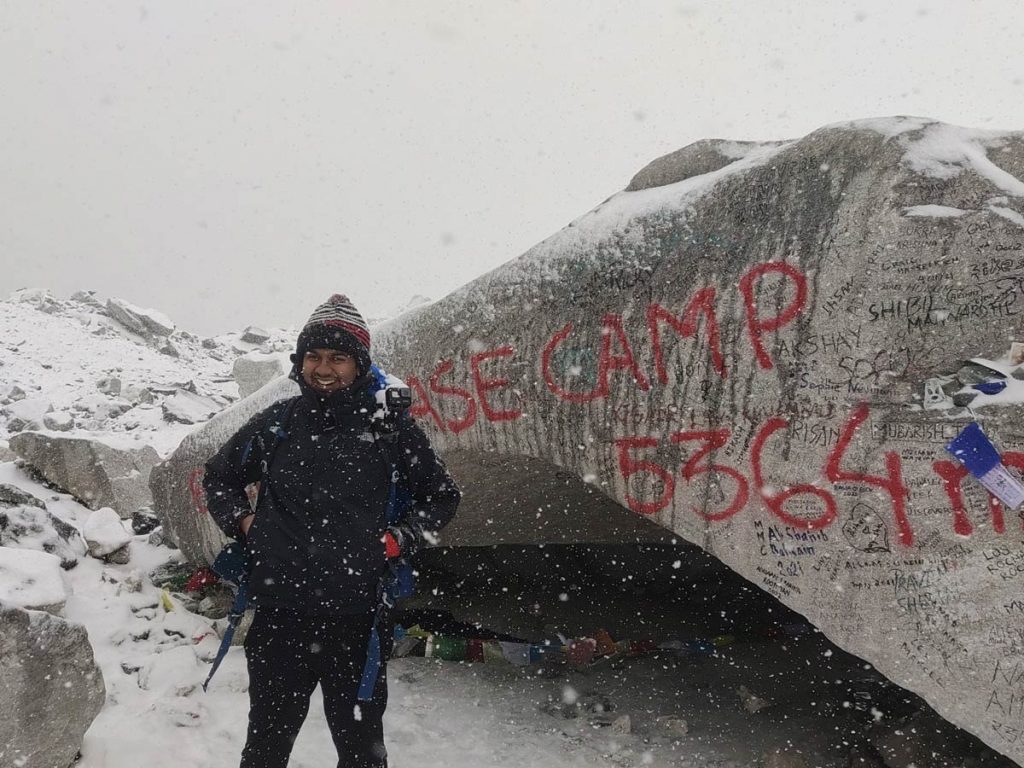
Also, the availability of the teahouses is also increased with a better price point on most of the services like accommodation, food, shower and laundry, Wi-Fi and internet, and more.
However, one must not tread lightly as the temperatures usually go below 0 degrees with the average temperature being around 10°C (50°F), with highs reaching 17°C (62.6°F) on clear days, and at night and at higher altitudes above 4000 meters, temperatures can drop as low as -20°C (-4°F).
Mardi Himal Trek
Closing in with one more beginner-friendly trek option, the Mardi Himal Trek is a good option for winter trekking in Nepal for several reasons including the majestic views, shorter duration, manageable trails, and more.
The Mardi Himal trek is amongst one of the less popular trekking routes of Nepal. Therefore, it already experiences a lesser influx of tourists.
On top of that, the months of winter make it even quieter, allowing you to have a peaceful getaway from the hustle and bustle of cities.
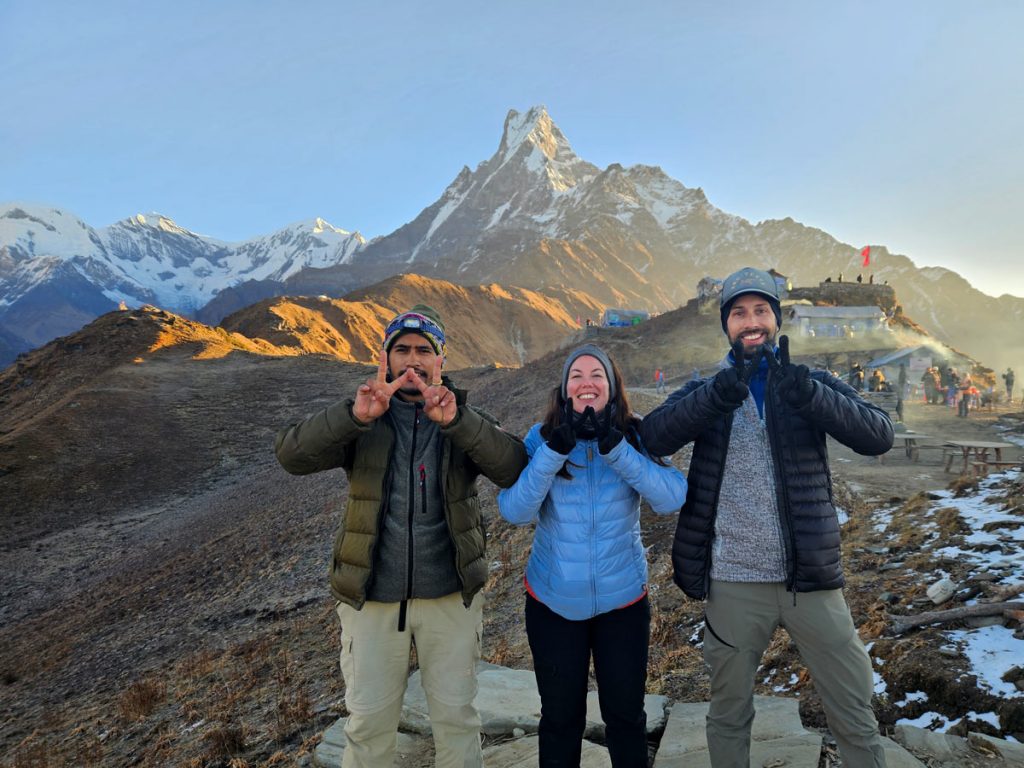
Usually beginning at Syauli Bazaar, this trek can be completed within just 5 to 7 days, and it manages to give you majestic views without having to commit to the long-distance challenge.
The highest altitude it takes you to is at around 4,500 m if you are visiting the Mardi Himal Base Camp.
Either way, the altitude is also not that challenging, and the trails are manageable with no technical sections. This also reduces the risk of winter related challenges like hypothermia and even altitude sickness.
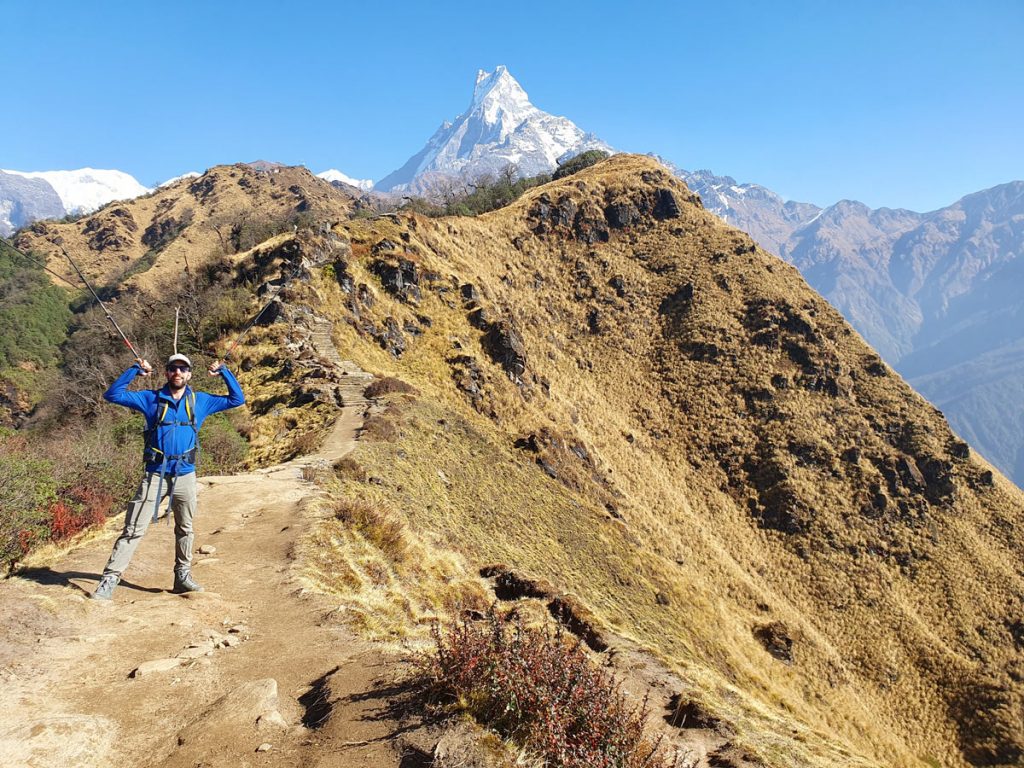
With so much convenience, you still get to see a close-up view of Machhapuchhre (Fishtail), Annapurna South, Hiunchuli, and more. It also takes you to some of the remote and quieter corners of the Annapurna Conservation Area.
The teahouses on the trail are also open all year round and give a comfortable and cozy experience with delicious local food, especially during winter. All in all, it is an accessible yet worthy winter trek available in Nepal.
Challenges During Winter Treks in Nepal
While the winters present the usually high-altitude trekking routes in a different light, the reason behind it being considered a shoulder season or off season for trekking in Nepal is due to the set of challenges that it brings along.
These challenges can be subjective and vary based on the specific trek chosen, altitude, prior experience, and the overall fitness level of an individual. However, every trekker trekking during winter should look out for these challenges.
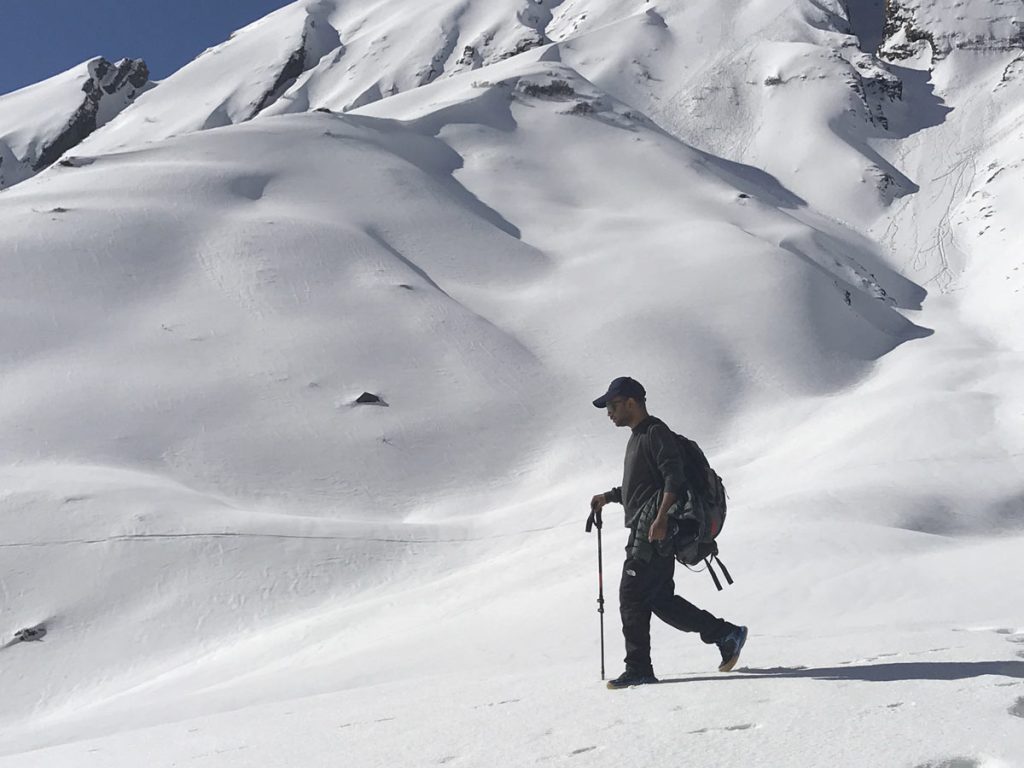
First of all, you will come across extreme cold as the temperatures in the Himalayas of Nepal drop below freezing point, especially during nighttime, which might lead to frost nips, frost bites, and even hypothermia if proper precautions are not taken.
As the trails are covered in snow, it makes the trekking route treacherous and the chances of falls and injuries become higher, especially if you lack prior experience or have not carried ice cleats and micro spikes.
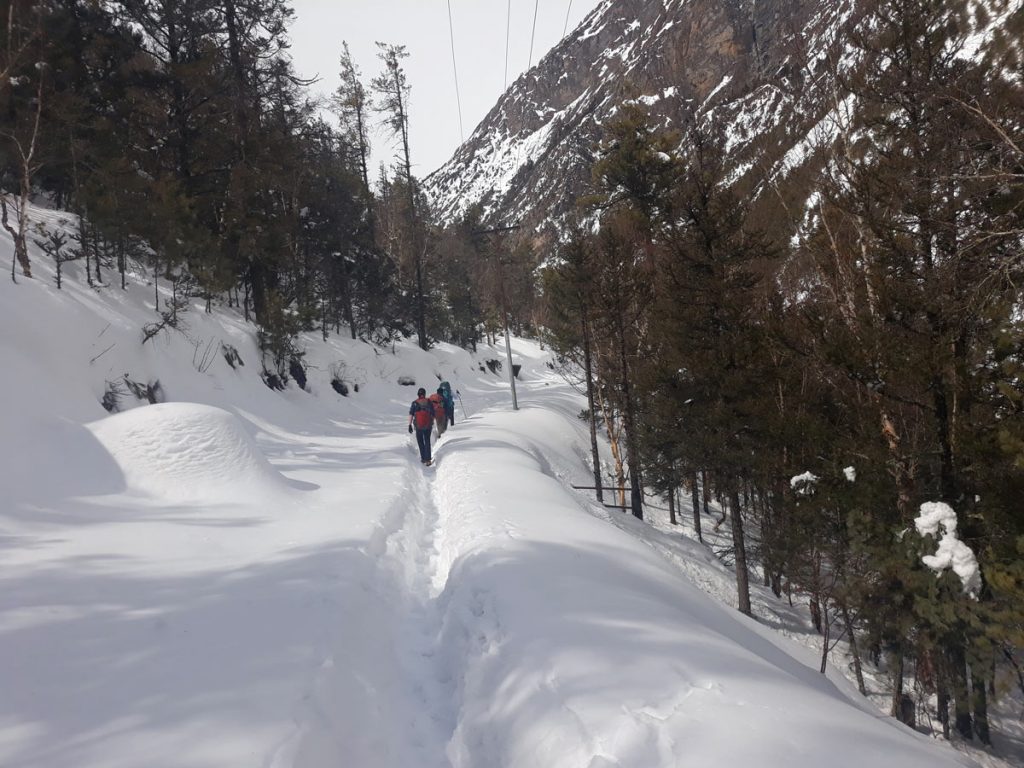
The hours of trekking are also reduced as the daylight hours are shorter and chances are you might have to trek in the dark. Also, some sections of some treks might be blocked due to snow.
While altitude sickness is already a challenge in many treks of Nepal, it gets even worse during winters as your body is already spending a considerable amount of energy to produce heat.
You might also be exposed to the risk of avalanches during some treks, so watch out and be aware. As some trekking routes experience no trekkers during winters, chances are the lodges and teahouses will be closed and others might give limited services.
Given the less crowded trails, you might also struggle to get any kind of assistance during emergency conditions.
Essential Considerations for Winter Trekking
Planning a winter trek in Nepal requires enough preparations and considerations. To save you the hard work, we have compiled essential preparations and considerations if you are planning for a trek during winter.
- Choose a trek based on your fitness level, prior experience, desired difficulty, and altitude too. If you have no prior experience, it is best to go on one of the beginner-friendly treks in Nepal to be on the safer side as it is an off-season.
- Pack strategically and carry enough items including thermal gear, a down jacket, insulated boots, woolen caps, gloves, and extra inner layers too for colder days.
- Carry crampons, ice cleats, and micro spikes for a safer and more comfortable walk on the icy trails. Do not forget a trekking pole as it can be a savior in the slippery trails to help you maintain balance.
- Also carry a good head torch with red light for better night vision for gloomy days or days when you are late and have to trek till dark or start early.
- Always be prepared to turn back if the trekking conditions seem unsafe. Keep good communication with your guide and be aware of the trekking conditions towards the trail ahead.
- Acclimatize well to prevent altitude sickness. Listen to your body and descend immediately if you experience any symptoms. Stay hydrated and have a proper balanced diet.
- Learn basic first aid and avalanche safety. Carry avalanche safety equipment like a beacon, probe, or a shovel just in case. Never forget your first aid box
- While many treks feature reliable Wi-Fi and internet services, it is best to carry a reliable communication device while trekking during such isolated conditions.
